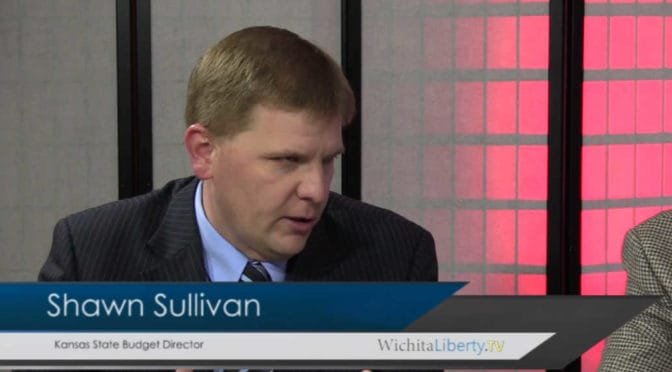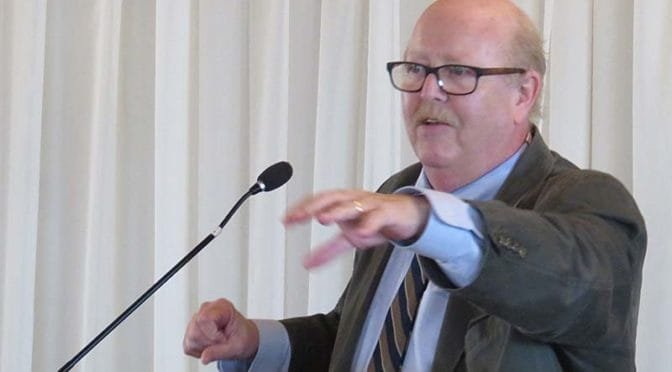Tag: Kansas Governor
-

WichitaLiberty.TV: Kansas Director of Budget Shawn Sullivan
Kansas Director of Budget Shawn Sullivan joins Karl Peterjohn and Bob Weeks to explain issues related to the Kansas budget.
-

Kansas general fund
Data and charts regarding the Kansas general fund.
-

WichitaLiberty.TV: Kansas politics, school choice, and asset forfeiture
Co-host Karl Peterjohn joins Bob Weeks to discuss a few big developments in Kansas politics, school choice, and civil asset forfeiture.
-

Again, KPERS shows why public pension reform is essential
Proposals in the Kansas budget for fiscal year 2018 are more evidence of why defined-benefit pension plans are incompatible with the public sector.
-

No one is stealing* from KPERS
No one is stealing from KPERS, the Kansas Public Employees Retirement System. But there are related problems.
-

Year in Review: 2016
Here are highlights from Voice for Liberty for 2016. Was it a good year for the principles of individual liberty, limited government, economic freedom, and free markets in Wichita and Kansas?
-

Decoding Duane Goossen
The writing of Duane Goossen, a former Kansas budget director, requires decoding and explanation. This time, his vehicle is “Rise Up, Kansas.”
-
Kansas Governor Sam Brownback on myths and reality
Myth vs Reality: What the media isn’t telling you.
-

From Pachyderm: Radio Host Joseph Ashby
From the Wichita Pachyderm Club this week: Radio Host Joseph Ashby, host of The Joseph Ashby Show. His talk focused on the administration of Kansas Governor Sam Brownback.
-

From Pachyderm: Martin Hawver on Kansas Politics
From the Wichita Pachyderm Club this week: Martin Hawver, dean of Kansas Statehouse press corps, briefed members and guests on the state of Kansas politics.

